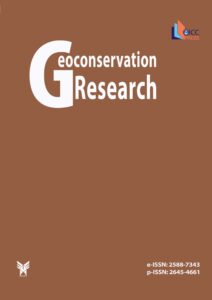Marketing Geotourism to Potential Australian Geotourists
Authors
- Angus Robinson * 1
Abstract
In Australia, geotourism is defined as tourism which focuses on an area’s geology and landscape as the basis for providing visitor engagement, learning and enjoyment.
Geotourism has great potential as a new nature-based tourism product. Where-ever tourism contributes a direct environmental benefit to a visited location, its clients gain empathy for the holistic heritage of the area, and this reward creates enhanced customer loyalty to the operator.
The Australian Government’s 1994 National Ecotourism Strategy considered that ecotourists may include a mix of independent travelers, people who travel in organised groups of a scientific, educational or recreational nature, and individuals or families who are interested in an ecotourism experience as part of a varied holiday. Having regard to demographic and lifestyle considerations, it had been considered that geotourism, if positioned as an alternative, knowledge-adding product could attract a different demographic i.e. affluent over 45 y.o. travellers, particularly from amongst geoscience professionals from within these segmentations, as well as their partners and friends. Alumni and professional societies such as the Geological Society of Australia (GSA) were identified as the most likely target groups.
To address this proposition, in 2008, Leisure Solutions® and the School of Marketing, Tourism & Leisure at Edith Cowan University undertook a cooperative market research survey of members of the GSA. This paper addresses the rationale for and scope of this research work as well as reviews from then available research material which could assist marketers in understanding who are the people most likely to be interested in geotourism. The findings and conclusions from this research are also discussed.
The paper also reviews the substantial progress made in Australia since 2008 in gaining the support of the Australian geoscience profession and the nature-based tourism industry in embracing geotourism.



